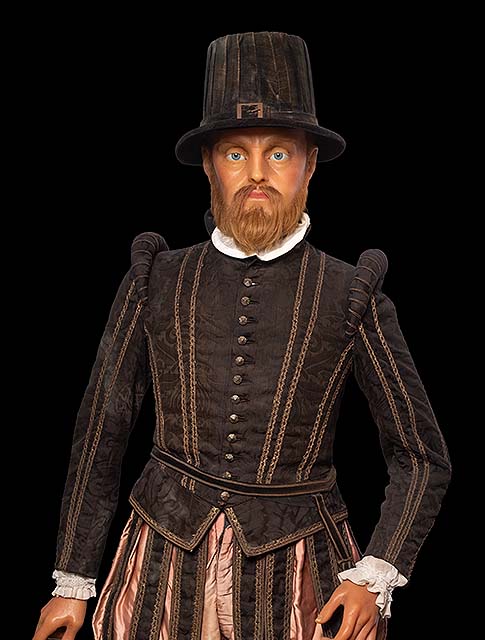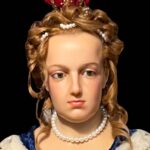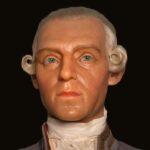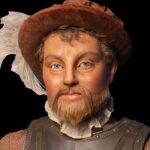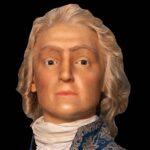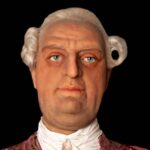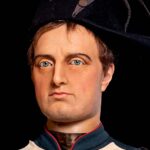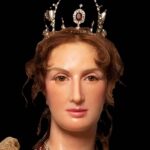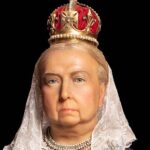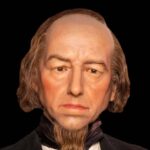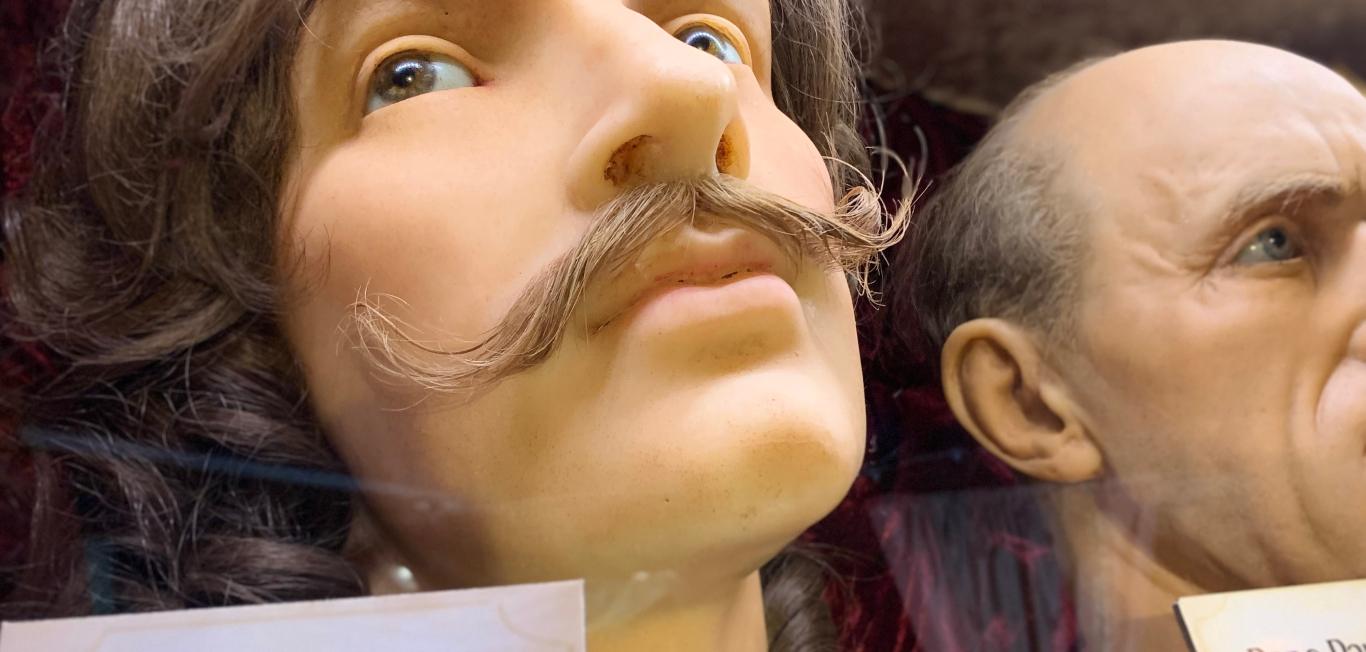Who Was Philip II of Spain?
Philip II of Spain was born in Valladolid on May 21, 1527. He was a major European figure and ruled Spain from 1556 to 1598, then Portugal as Philip I from 1580 to 1598, a time of religious upheaval, global exploration, and empires. His reign saw Spain’s imperial peak and its dominion expand across continents.
Legacy Shapes Dutiful Son
Early Personal Life
According to Philip II’s biography, his father’s legacy as Holy Roman Emperor Charles V, and his lineage’s expectations, impacted most of his life. Charles V’s private letters to Philip stressed his spiritual responsibility and warned against overconfidence in counsel. This upbringing shaped Philip’s duty and his travels around Europe and the regency of Spain as his father’s absence influenced his early existence. Philip’s preference for Castilian affected his connections with German and Flemish nobles.
DID YOU KNOW?
His father was Charles V, Holy Roman Emperor.
Family Partnerships and Succession
Marriage was crucial to Philip’s life. His marriages to Maria of Portugal, Mary I of England, Elisabeth of Valois and Anna of Austria cemented dynastic and political links. Each marriage strengthened Philip’s prominence throughout Europe. His partnerships tied the Spanish monarchy to other strong families, complicating European politics. King Philip II’s early personal life revealed his temperament and leadership style.
Philip, born in 1527 to Charles V, King of Spain, and Isabella of Portugal, was influenced by his mother. Isabella taught him Latin, French, Portuguese and Italian and cared for him and his siblings. He also learned to love God from his mother. Philip’s Spanish identity developed in Castile, and he favored the Spanish kingdom despite his vast European control. His mother shaped his regal upbringing, as she was his teacher.
Philip loved Spanish despite his father, Charles V, being bilingual. Despite knowing various languages, he preferred Spanish, which sometimes inhibited communication with the different regions he ruled. His childhood in Castile gave him a lifelong cultural identity. Philip’s father, who saw leadership in him, initiated his training in politics. Philip would subsequently reign with piety, patience, and wisdom, which he stressed.
Philip used marriage to promote Catholicism and diplomatic relations. Since Philip considered himself a champion of Catholicism throughout Europe, faith dictated his foreign policy. His beliefs led him to confine worship to Catholicism throughout his lands.
Philip’s rule included accomplishments and disasters. Victories included beating the Ottomans in 1571 and preserving Spain’s territory. His administration was plagued by inefficiency, infighting, refusal to compromise and paranoia. This was especially visible in his control issues with the Netherlands.
DID YOU KNOW?
Philip considered himself a champion of Catholicism throughout Europe, faith dictated his foreign policy.
Historical Influence
Philip II’s leadership strengthened the Spanish Empire in Europe, the Americas and Asia. The annexation of Portugal in 1580 gave him tremendous geographical dominance. Spain’s economy and military benefited from New World riches and the Portuguese spice trade.
Champion of the Catholic Counter-Reformation
Philip II’s legacy is tied to his defense of Catholicism in the Counter-Reformation. He became a devout Catholic ruler by suppressing Protestantism and upholding Catholic orthodoxy. The Spanish Inquisition, however contentious, showed his religious devotion. His support of the Holy League against the Ottoman Empire and his crucial role in the Battle of Lepanto showed his desire to stop Islam from spreading throughout the Mediterranean.
DID YOU KNOW?
His crucial role in the Battle of Lepanto showed his desire to stop Islam from spreading throughout the Mediterranean.
Struggles and Losses
Philip II experienced many hurdles and failures despite his triumphs. The Dutch uprising and the Spanish Armada’s defeat in England in 1588 showed his failure to quiet internal discontent and defeat exterior enemies. The Dutch provinces’ independence and England’s maritime strength showed his limitations.
Philip was raised amid the Spanish court’s rich culture and courtly life. His mother, and a Portuguese woman, Dona Leonor de Mascarenhas, raised him. Philip loved studying and became proficient in Spanish, Portuguese and Latin. His schooling included letters and martial arts. This comprehensive education prepared him for his rule’s many challenges.
Philip’s Spanish Empire significantly impacted history. In 1556, he became king, a turning point. Philip’s immense control over Europe, the Americas and beyond shaped world history. His political partnerships, military conquests, and religious zeal shaped his kingdom and the globe.
DID YOU KNOW?
Philip loved studying and became proficient in Spanish, Portuguese and Latin.
Philip’s religious devotion shaped his international and domestic policies. As a devout Catholic, he defended Catholic Europe against the Ottoman Empire and Protestant Reformation. His Spanish Inquisition suppressed heresy, shaping Spain and its religion.
Philip’s 1588 invasion of England with the Spanish Armada showed his desire to promote Catholicism and Spanish power. The Armada failed but changed the geopolitical relationship between Catholic Spain and Protestant England.
Philip’s reign also shaped the Habsburg-Valois rivalry, two great European dynasties. His marriages shaped the continent’s dynastic landscape. His marital connections to various European royal families solidified his dominance while his short relationship with Mary I of England unified the crowns of England and Spain.
Late in Life
In his later years, Philip II of Spain’s unyielding religious fervor was combined with a steady personal deterioration that would leave an unmistakable impact on his legacy. His Catholic faith strengthened as he matured, pushing him to impose religious orthodoxy across his kingdom with passion. Although a monument to his beliefs, this commitment had far-reaching effects on intellectual life and opposition in his domain. Philip’s religious zeal matched his suspicion of others. His reign was marked by suspicion that colored his relationships and decisions. This distrust, founded in his desire to safeguard Catholicism, created a political and social conflict that inhibited cooperation and togetherness.
Religious dogma hampered Spain’s intellectual and artistic life in his final years. Dissenting voices were silenced to maintain religious purity. This suppression of intellectual discourse would shape Spain’s cultural and academic growth for years. Philip’s health deteriorated as he aged, adding to his religious struggles. He was incapacitated by gout and malaria, which hindered his governance. This loss in health made him more dependent on advisers and bureaucrats to run the empire in his later years. As Philip II’s reign ended, his legacy was a mix of successes and disappointments. Spain remained a worldwide power throughout his rule, and his union with Spain and Portugal influenced history.
FAQ
What happened to Philip II of Spain when Mary died?
Philip II of Spain’s rule in England ended when Mary died. He became King of England via marriage, but Mary’s death reduced his power. He lost official control over the English throne when Elisabeth I took it, changing England’s political dynamics.
Was Philip II of Spain Catholic?
Spanish King Philip II was a devoted Catholic. His religious devotion defined his rule. He pushed Catholicism as a cornerstone of his government and foreign policy. Defending Catholicism against Protestantism shaped his actions and choices throughout his leadership.
Why did Spain lose its power?
Spain lost power for two reasons: Philip II’s expensive wars with England and the Ottoman Empire straining Spain’s economy and resources. The New World colonies’ riches first boosted Spain’s authority but then caused inflation and economic problems. Heavy-handed rule, intellectual repression and an overburdened bureaucracy progressively eroded the empire. These led to Spain’s collapse as a worldwide power in the ensuing decades.
How did Philip II become king?
Philip II became king via inheritance and politics. He was born to Charles V and Isabella of Portugal. Philip inherited the Spanish Empire, which spanned extensive territories in Europe, the Americas and beyond, after Charles V’s resignation in 1556. Marriage to Queen Mary I of England temporarily made him King of England. His royal pedigree and marital ties shaped his rise to power, but his rule was distinguished by his attempts to consolidate authority, extend his dominion, and promote the Catholic religion.
